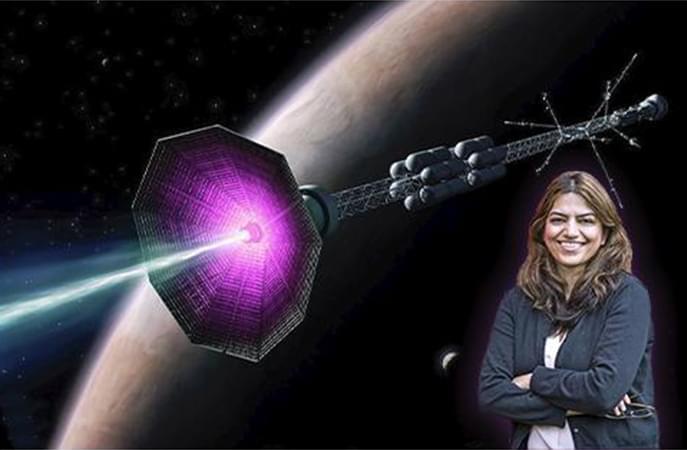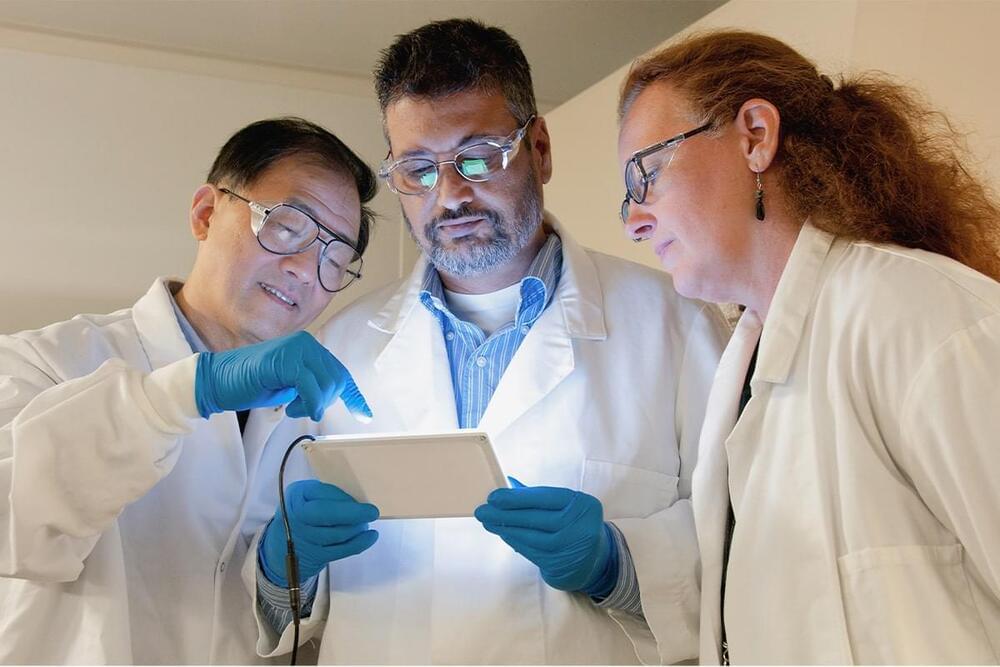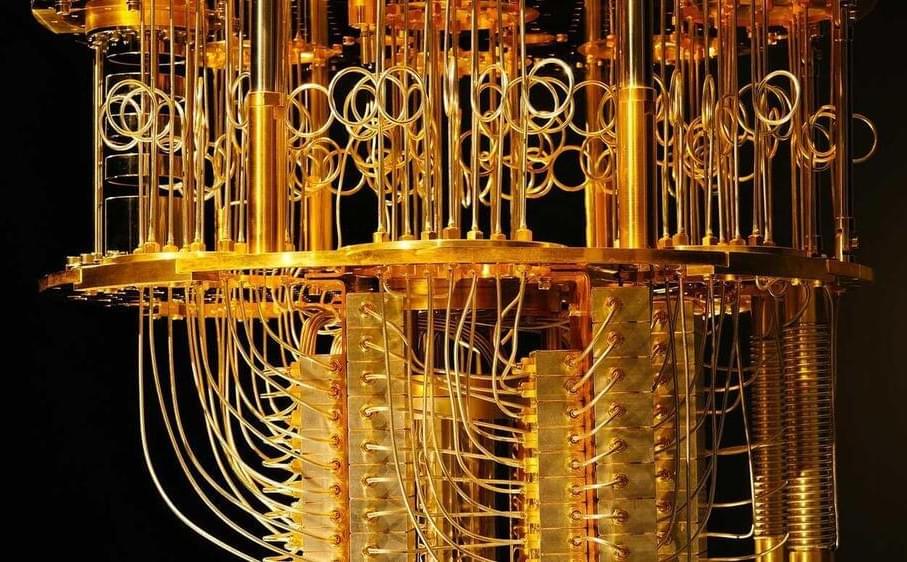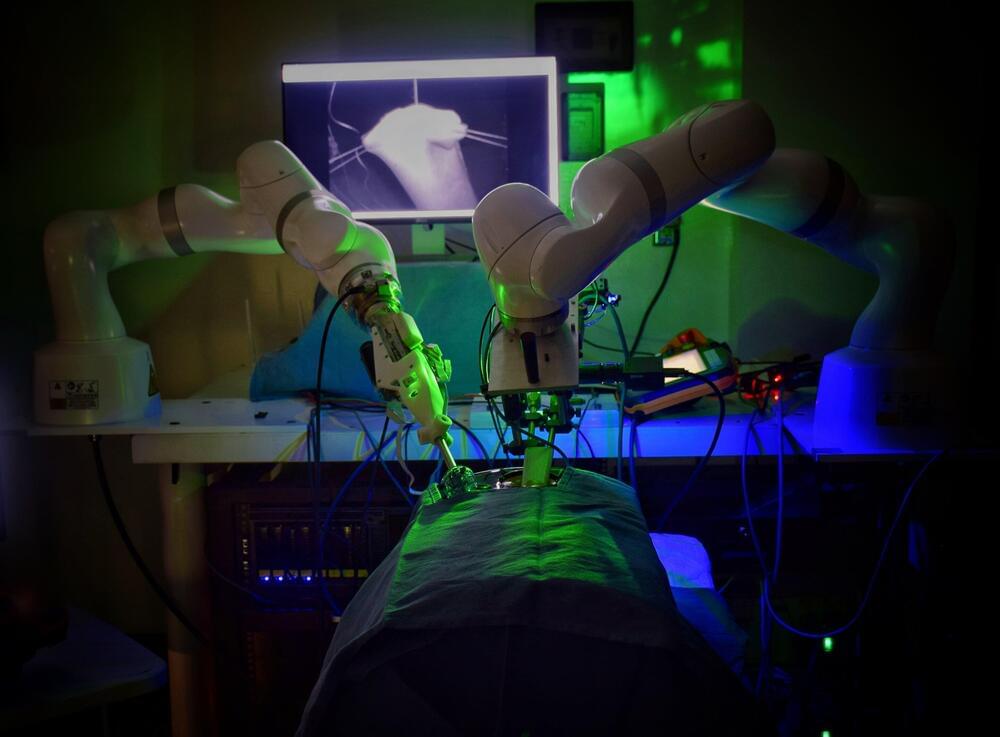New study discovers that a group of genes that play an essential role in building components of our cells can also impact human lifespan.





For humans, background noise is generally just a minor irritant. But for quantum computers, which are very sensitive, it can be a death knell for computations. And because “noise” for a quantum computer increases as the computer is tasked with more complex calculations, it can quickly become a major obstacle.
But because quantum computers could be so incredibly useful, researchers have been experimenting with ways to get around the noise problem. Typically, they try to measure the noise in order to correct for it, with mixed success.
A group of scientists from the University of Chicago and Purdue University collaborated on a new technique: Instead of directly trying to measure the noise, they instead construct a unique “fingerprint” of the noise on a quantum computer as it is seen by a program run on the computer.
A few weeks ahead the Beijing 2022 Winter Olympics, Chinese engineers have presented a six-legged skiing robot that expertly slaloms down a snowy white slope in Shenyang, China. The team of engineers said that the robot stands on a pair of skis with four of its legs and grips poles using its two other limbs.
Researchers have put it to tests in both beginner and intermediate slopes and have proven to stay upright and avoid obstacles. The robot was developed by engineers from the Shanghai Jiao Tong University.

A robot has performed laparoscopic surgery on the soft tissue of a pig without the guiding hand of a human—a significant step in robotics toward fully automated surgery on humans. Designed by a team of Johns Hopkins University researchers, the Smart Tissue Autonomous Robot (STAR) is described today in Science Robotics.
“Our findings show that we can automate one of the most intricate and delicate tasks in surgery: the reconnection of two ends of an intestine. The STAR performed the procedure in four animals and it produced significantly better results than humans performing the same procedure,” said senior author Axel Krieger, an assistant professor of mechanical engineering at Johns Hopkins’ Whiting School of Engineering.
The robot excelled at intestinal anastomosis, a procedure that requires a high level of repetitive motion and precision. Connecting two ends of an intestine is arguably the most challenging step in gastrointestinal surgery, requiring a surgeon to suture with high accuracy and consistency. Even the slightest hand tremor or misplaced stitch can result in a leak that could have catastrophic complications for the patient.
Pioneer Suzana Herculano-Houzel discusses the challenges and solutions of comparing brain size and function across species and shares her groundbreaking insights into the uniqueness, or lack thereof, of the human brain. #WorldSciU
This lecture was recorded on XXX at the World Science Festival in New York City.
Experience the associated free online course at World Science U: XXX
Official Site: https://www.worldscienceu.com.
Twitter: https://twitter.com/WorldScienceU
Facebook: https://www.facebook.com/worldscienceu.
Instagram: https://www.instagram.com/worldscienceu/

Quantum researchers at the University of Bristol have dramatically reduced the time to simulate an optical quantum computer, with a speedup of around one billion over previous approaches.
Quantum computers promise exponential speedups for certain problems, with potential applications in areas from drug discovery to new materials for batteries. But quantum computing is still in its early stages, so these are long-term goals. Nevertheless, there are exciting intermediate milestones on the journey to building a useful device. One currently receiving a lot of attention is “quantum advantage”, where a quantum computer performs a task beyond the capabilities of even the world’s most powerful supercomputers.
Experimental work from the University of Science and Technology of China (USTC) was the first to claim quantum advantage using photons—particles of light, in a protocol called “Gaussian Boson Sampling” (GBS). Their paper claimed that the experiment, performed in 200 seconds, would take 600 million years to simulate on the world’s largest supercomputer.

‘’The Weak Gravity Conjecture holds that in a theory of quantum gravity, any gauge force must mediate interactions stronger than gravity for some particles. This statement has surprisingly deep and extensive connections to many different areas of physics and mathematics. Several variations on the basic conjecture have been proposed, including statements that are much stronger but are nonetheless satisfied by all known consistent quantum gravity theories. We review these relat… See more.
The Weak Gravity Conjecture holds that in a theory of quantum gravity, any.
Gauge force must mediate interactions stronger than gravity for some particles.
This statement has surprisingly deep and extensive connections to many.
different areas of physics and mathematics. Several variations on the basic.
conjecture have been proposed, including statements that are much stronger but.
Are nonetheless satisfied by all known consistent quantum gravity theories. We.
Review these related conjectures and the evidence for their validity in the.
The size and complexity of cephalopod brain structures differ depending on the habitats the creatures occupy, a study finds.